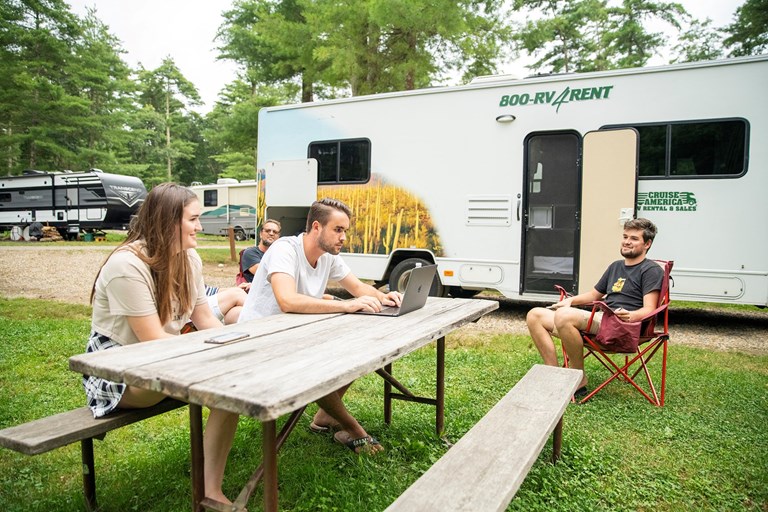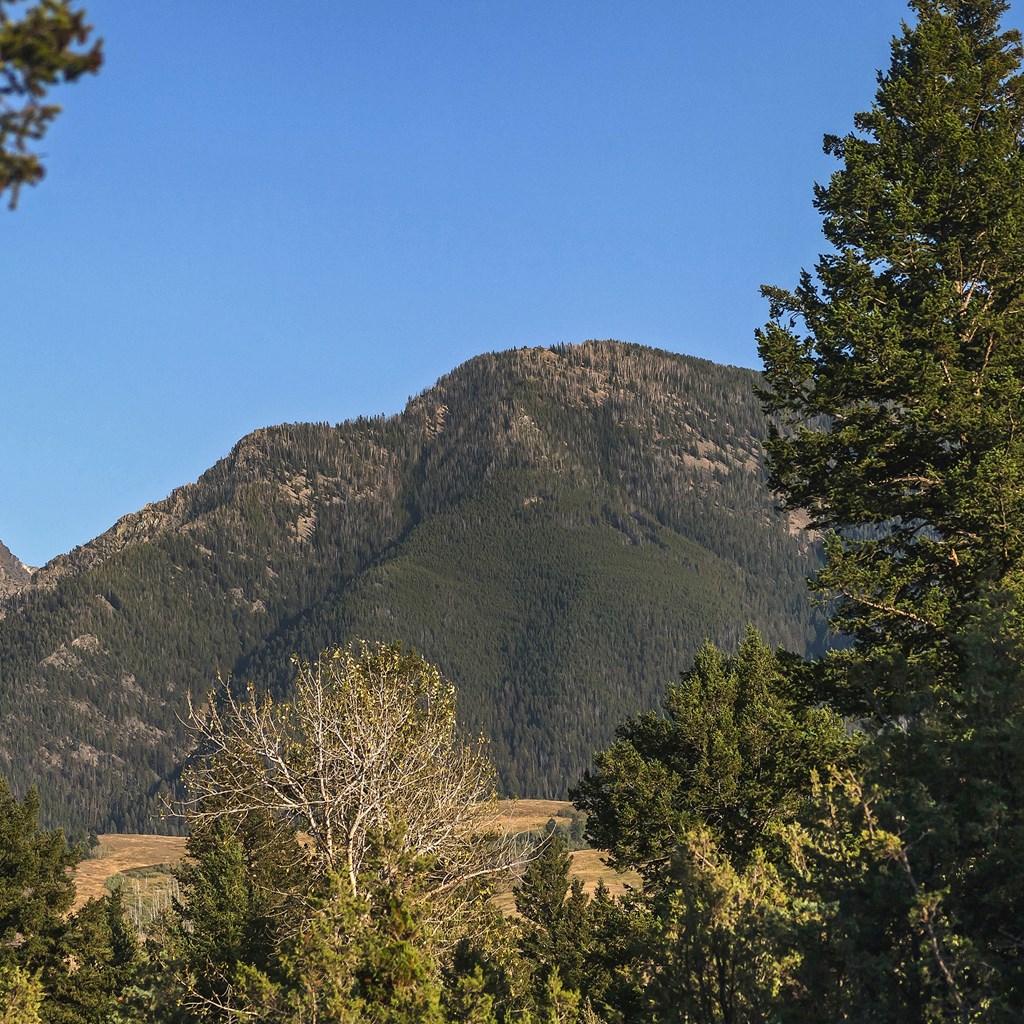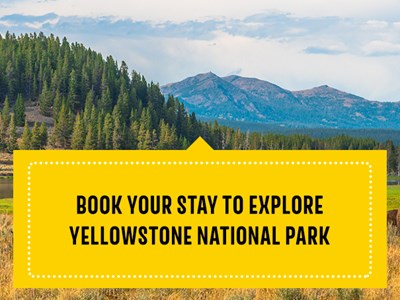Your cart is empty!
Make checkout easy by booking all your reservations at once. Add your sites from different campgrounds into your shopping cart* and then choose checkout.


Established in 1872, Yellowstone National Park was the first national park in America, and it is a nature and wildlife lover's paradise. The park is situated in part of Wyoming, Montana and Idaho.
Yellowstone is famous for its mammals. With 67 mammal species that call the park home, Yellowstone has the largest concentration of mammals in the lower 48 states. Some of the best-known species include grizzly bears, mountain lions, bison, gray wolves, elk, mountain goats and bighorn sheep.
The park also has an abundance of bird species, with 300 species spotted since Yellowstone's establishment in the 1800s.
You can find eight ungulate, or hoofed mammal, species in Yellowstone — white-tailed deer, mule deer, bison, moose, pronghorn, bighorn sheep, elk and mountain goats. There are also seven species of larger predators — Canada lynx, mountain lions, wolverines, wolves, coyotes, grizzly bears and black bears. These animals will likely be more elusive, however.
Here are some of the most popular mammals you might be able to see when visiting the park.
Yellowstone is the only place in the United States where bison have resided without interruption since prehistoric times. Some other interesting facts about these mammals include:
Moose are the biggest species of deer in the park, but the Yellowstone moose are the smallest of the four subspecies of moose in North America. Moose are primarily found in small groups or by themselves in the marshy areas, along rivers, meadows and lakeshores of the park.
Mountain lions are one of Yellowstone's top predators and are commonly known as cougars, pumas or catamounts. Cougars may be one of North America's largest cats, but they are seldom seen due to their stealth and tan coloring that helps them blend in with their surroundings. Mountain lions are also territorial and solitary and prefer to hunt at night.
Contrary to what the name mountain lion implies, the large cat cannot roar — they hiss, growl, shriek and purr.
Black bears are often spotted in Yellowstone and are a well-recognized symbol — along with Old Faithful — of the park. Interesting facts about black bears include:
Yellowstone is a popular place for birders, with about 150 species of birds nesting in the park. There are another 150 species that have been spotted perching on-site. Some of the most popular bird species you can see with your binoculars include waterfowl, raptors, shorebirds and songbirds.
About 30% of bird species that nest in Yellowstone prefer a wetland habitat. Some common wetland birds in the park are pelicans, loons, ibises, egrets, double-breasted cormorants, ducks, geese and swans.
You can expect to see American pelicans nesting in the southeast reaches of Yellowstone lake and even trumpeter swans — the largest wild wetland fowl in North America.
Yellowstone is home to 19 nesting raptor species. The park is monitoring many raptors for previously being on the threatened or endangered species list — all of which have since recovered. Some of the most notable and popular raptors in the park include:
Most bird species in the park are woodpeckers and songbirds. Many birders have been fortunate to spot various chickadees, nuthatches and brown creepers in the park.
Yellowstone is also home to other unique birds that visitors love seeing. These include the American dipper, water ouzel, sandhill crane, jay and rail.
Livingston / Paradise Valley KOA Holiday is the perfect base to explore the local wildlife at Yellowstone National Park.
The campground sits on the picturesque Yellowstone River with breathtaking views and peaceful surroundings. Take a short drive and you will arrive at Yellowstone's entrance ready to bask in all this area offers. Book your stay today.

That doesn't mean this area has to always be empty. When you start reviewing camping options, your history will display here to help compare sites and find the best stay. You will be able to share your stay information with friends or family and save it for a later time if you have a KOA Account.
Make checkout easy by booking all your reservations at once. Add your sites from different campgrounds into your shopping cart* and then choose checkout.